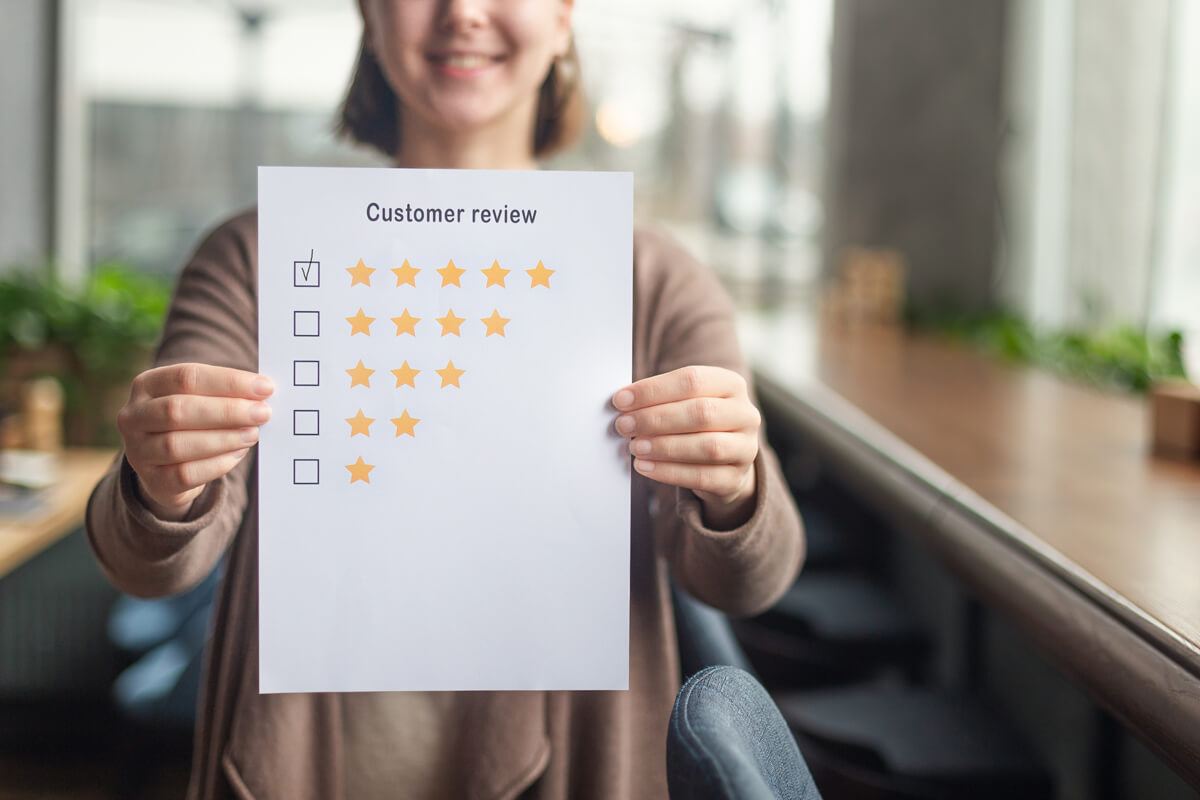Conversion rate optimization (CRO) improves the percentage of website visitors who take the desired action, such as filling out a form, making a purchase, or calling your business. This is an essential aspect of online marketing, as it helps businesses maximize the return on their digital marketing efforts by turning more visitors into customers.
At Tomorrow Web Design, we offer a range of CRO services to help our clients boost their conversion rates and achieve their business goals. Here are some of the key ways we can help:
- Conducting user research and analysis: The first step in any CRO campaign is understanding the needs and behaviors of your target audience. We use various tools and techniques, such as surveys, focus groups, and user testing, to gather insights about how visitors interact with your website and what might be causing them to leave without converting.
- Optimizing website design and user experience: Based on the insights we gather from our research, we can recommend changes to your website design and user experience to make it more appealing and easy to use. This might include reorganizing the layout, simplifying the navigation, or adding clear calls to action.
- A/B testing: A/B testing is a powerful tool for understanding which design and marketing elements are most effective at driving conversions. We can help you set up and conduct A/B tests to compare different versions of your website or marketing campaigns and determine which performs best.
- Analyzing and improving website performance: Slow loading times and technical issues can be significant barriers to conversion. We can help you optimize your website’s performance by identifying and fixing issues that might be causing problems.
- Developing targeted landing pages: Landing pages are standalone web pages designed to convert visitors into leads or customers. We can help you create optimized landing pages for specific products, services, or campaigns and A/B test them to see which performs best.
- Integrating with marketing automation and CRM systems: To get the most out of your CRO efforts, it’s essential to have a way to track and manage leads and customers over time. We can help you integrate your website with marketing automation and CRM systems to manage better, nurture leads, and trigger automated marketing campaigns based on user actions.
- Measuring and tracking results: To truly understand the impact of our CRO efforts, it’s essential to track and measure the results. We use various tools, such as Google Analytics and heat maps, to monitor key performance metrics and identify areas for further optimization.
What Is Conversion Rate Optimization?
CRO involves analyzing and understanding the behaviors and needs of website visitors and making changes to the website and marketing efforts to increase the sales or traffic. This might involve optimizing the website design and user experience, conducting A/B testing to compare different versions of the website or marketing campaigns, and integrating with marketing automation and CRO systems to manage better and nurture leads.
The ultimate goal of CRO is to increase the conversion rate, which is the percentage of website visitors who complete the desired action. By optimizing the conversion rate, businesses can improve the effectiveness of their marketing efforts and drive more leads and sales.
What are the differences between Marketing Conversion Rate vs. Click-Through Rate?
Marketing conversion and click-through rate (CTR) are two essential metrics that measure the effectiveness of digital marketing campaigns. However, while they are related, they are not the same thing, and it’s essential to understand their differences.
Here’s a brief overview of each metric:
- Marketing conversion rate: The marketing conversion rate is the percentage of website visitors who take the desired action, such as calling a business phone or making a purchase. This metric measures marketing campaigns’ effectiveness in generating leads and sales.
- Click-through rate (CTR): The click-through rate (CTR) is the percentage of people who click on a link or call-to-action (CTA) in a marketing campaign, such as an email or an advertisement. This metric measures the marketing message’s effectiveness in encouraging people to take action.
While both metrics are important, they measure different things. For example, the marketing conversion rate is focused on the end result of a marketing campaign, while the CTR measures the effectiveness of the marketing message in terms of getting people to take the first step toward conversion.
For example, a high CTR on an email campaign might indicate that the subject line and preview text effectively grabbed people’s attention and encouraged them to click through to the website. However, a low website marketing conversion rate could indicate issues with the website design or user experience that prevent visitors from taking the desired action.
In summary, the marketing conversion rate measures a marketing campaign’s effectiveness in generating leads and sales. In contrast, the CTR measures the marketing message’s effectiveness in getting people to take the first step toward conversion. Both metrics are essential for understanding marketing efforts’ effectiveness and identifying improvement areas.
By working with Tomorrow Web Design, you can be confident that you’re getting the best support for boosting your conversion rates. Our experienced team helps you optimize your website and marketing efforts to drive more leads and sales. Contact us today to learn more about how we can help your business succeed.
Conversion rate optimization (CRO) improves the percentage of website visitors who take the desired action, such as filling out a form, making a purchase, or calling your business. This is an essential aspect of online marketing, as it helps businesses maximize the return on their digital marketing efforts by turning more visitors into customers.
At Tomorrow Web Design, we offer a range of CRO services to help our clients boost their conversion rates and achieve their business goals. Here are some of the key ways we can help:
- Conducting user research and analysis: The first step in any CRO campaign is understanding the needs and behaviors of your target audience. We use various tools and techniques, such as surveys, focus groups, and user testing, to gather insights about how visitors interact with your website and what might be causing them to leave without converting.
- Optimizing website design and user experience: Based on the insights we gather from our research, we can recommend changes to your website design and user experience to make it more appealing and easy to use. This might include reorganizing the layout, simplifying the navigation, or adding clear calls to action.
- A/B testing: A/B testing is a powerful tool for understanding which design and marketing elements are most effective at driving conversions. We can help you set up and conduct A/B tests to compare different versions of your website or marketing campaigns and determine which performs best.
- Analyzing and improving website performance: Slow loading times and technical issues can be significant barriers to conversion. We can help you optimize your website’s performance by identifying and fixing issues that might be causing problems.
- Developing targeted landing pages: Landing pages are standalone web pages designed to convert visitors into leads or customers. We can help you create optimized landing pages for specific products, services, or campaigns and A/B test them to see which performs best.
- Integrating with marketing automation and CRM systems: To get the most out of your CRO efforts, it’s essential to have a way to track and manage leads and customers over time. We can help you integrate your website with marketing automation and CRM systems to manage better, nurture leads, and trigger automated marketing campaigns based on user actions.
- Measuring and tracking results: To truly understand the impact of our CRO efforts, it’s essential to track and measure the results. We use various tools, such as Google Analytics and heat maps, to monitor key performance metrics and identify areas for further optimization.
What Is Conversion Rate Optimization?
CRO involves analyzing and understanding the behaviors and needs of website visitors and making changes to the website and marketing efforts to increase the sales or traffic. This might involve optimizing the website design and user experience, conducting A/B testing to compare different versions of the website or marketing campaigns, and integrating with marketing automation and CRO systems to manage better and nurture leads.
The ultimate goal of CRO is to increase the conversion rate, which is the percentage of website visitors who complete the desired action. By optimizing the conversion rate, businesses can improve the effectiveness of their marketing efforts and drive more leads and sales.
What are the differences between Marketing Conversion Rate vs. Click-Through Rate?
Marketing conversion and click-through rate (CTR) are two essential metrics that measure the effectiveness of digital marketing campaigns. However, while they are related, they are not the same thing, and it’s essential to understand their differences.
Here’s a brief overview of each metric:
- Marketing conversion rate: The marketing conversion rate is the percentage of website visitors who take the desired action, such as calling a business phone or making a purchase. This metric measures marketing campaigns’ effectiveness in generating leads and sales.
- Click-through rate (CTR): The click-through rate (CTR) is the percentage of people who click on a link or call-to-action (CTA) in a marketing campaign, such as an email or an advertisement. This metric measures the marketing message’s effectiveness in encouraging people to take action.
While both metrics are important, they measure different things. For example, the marketing conversion rate is focused on the end result of a marketing campaign, while the CTR measures the effectiveness of the marketing message in terms of getting people to take the first step toward conversion.
For example, a high CTR on an email campaign might indicate that the subject line and preview text effectively grabbed people’s attention and encouraged them to click through to the website. However, a low website marketing conversion rate could indicate issues with the website design or user experience that prevent visitors from taking the desired action.
In summary, the marketing conversion rate measures a marketing campaign’s effectiveness in generating leads and sales. In contrast, the CTR measures the marketing message’s effectiveness in getting people to take the first step toward conversion. Both metrics are essential for understanding marketing efforts’ effectiveness and identifying improvement areas.
By working with Tomorrow Web Design, you can be confident that you’re getting the best support for boosting your conversion rates. Our experienced team helps you optimize your website and marketing efforts to drive more leads and sales. Contact us today to learn more about how we can help your business succeed.





